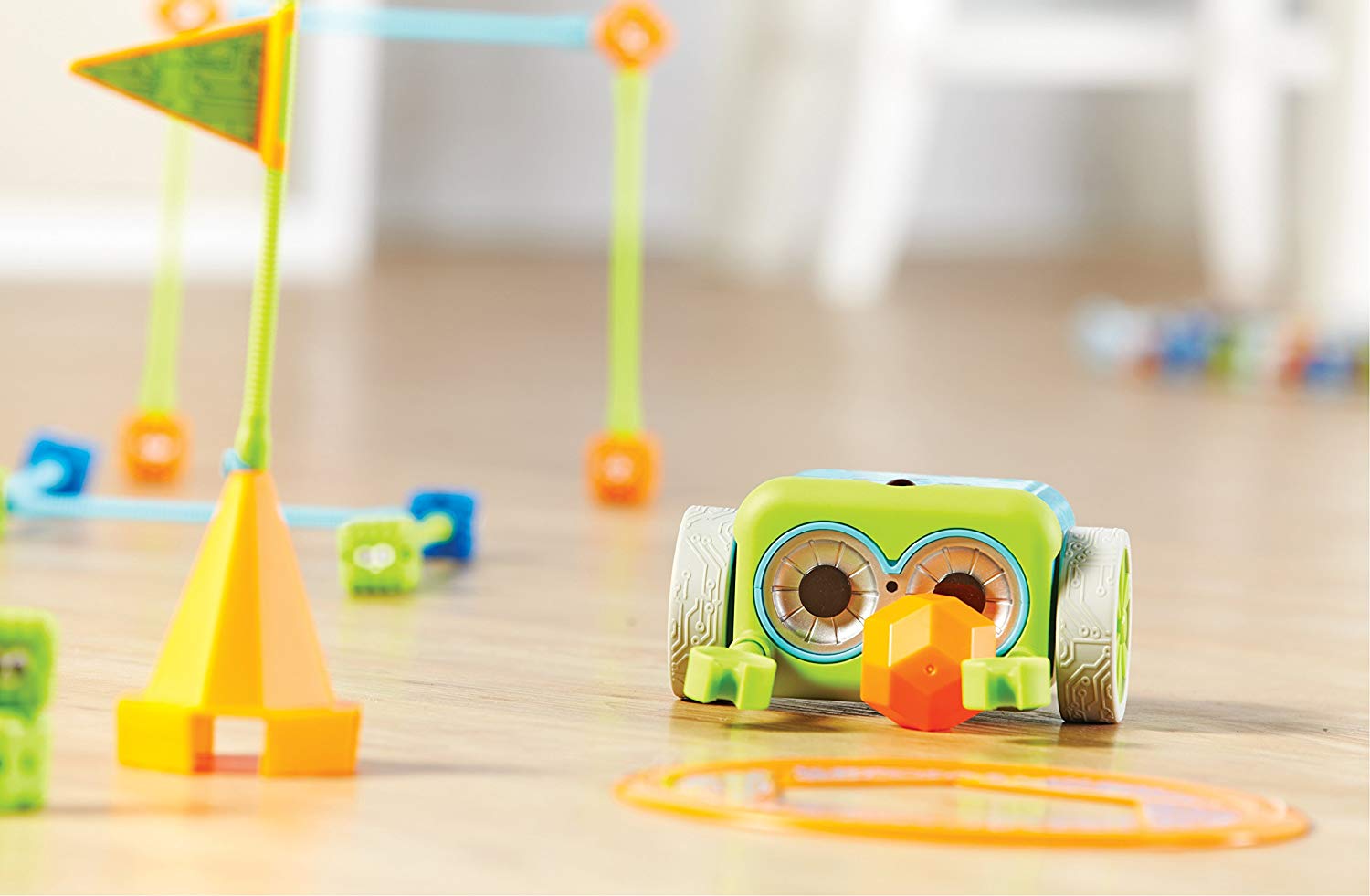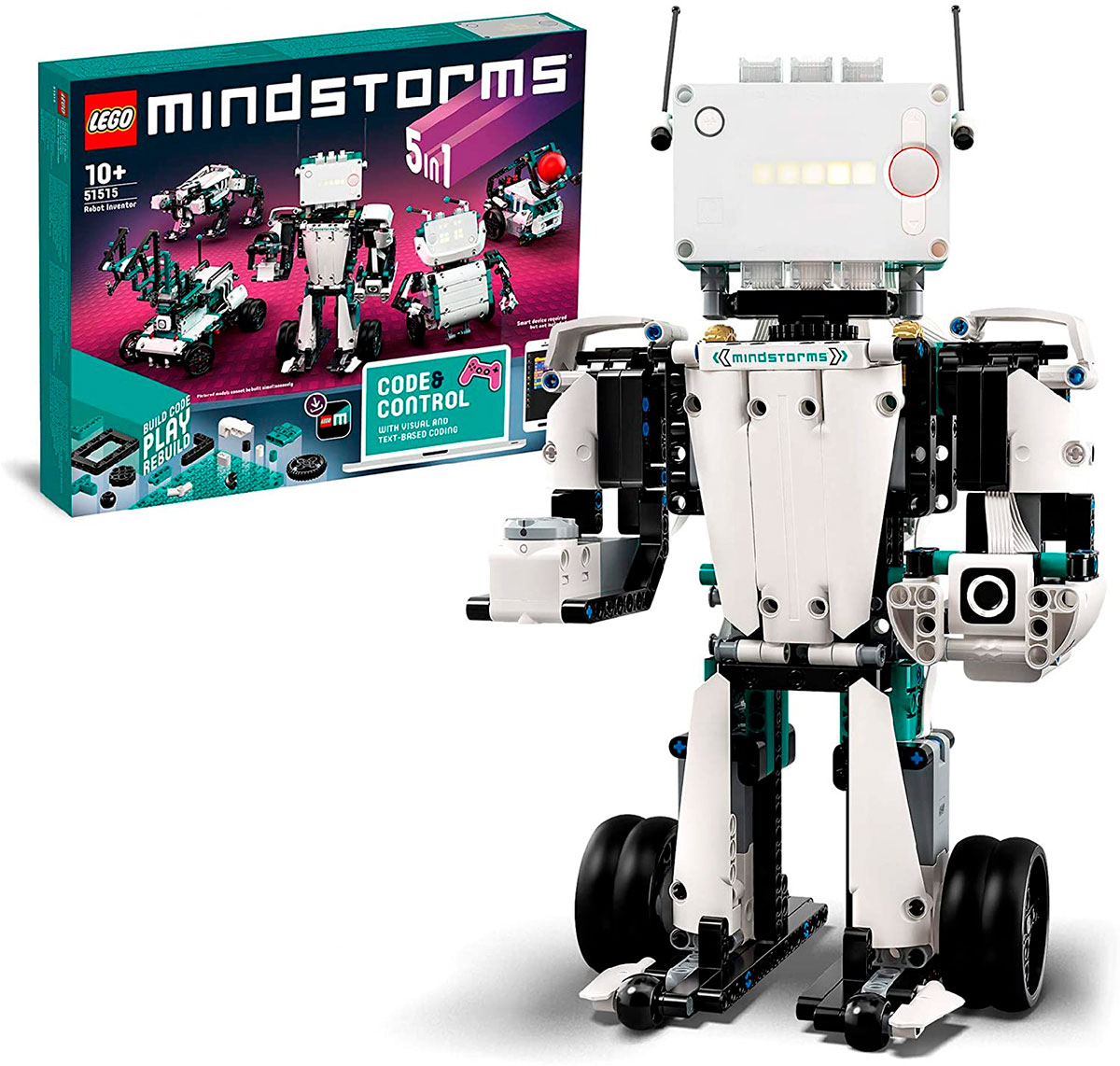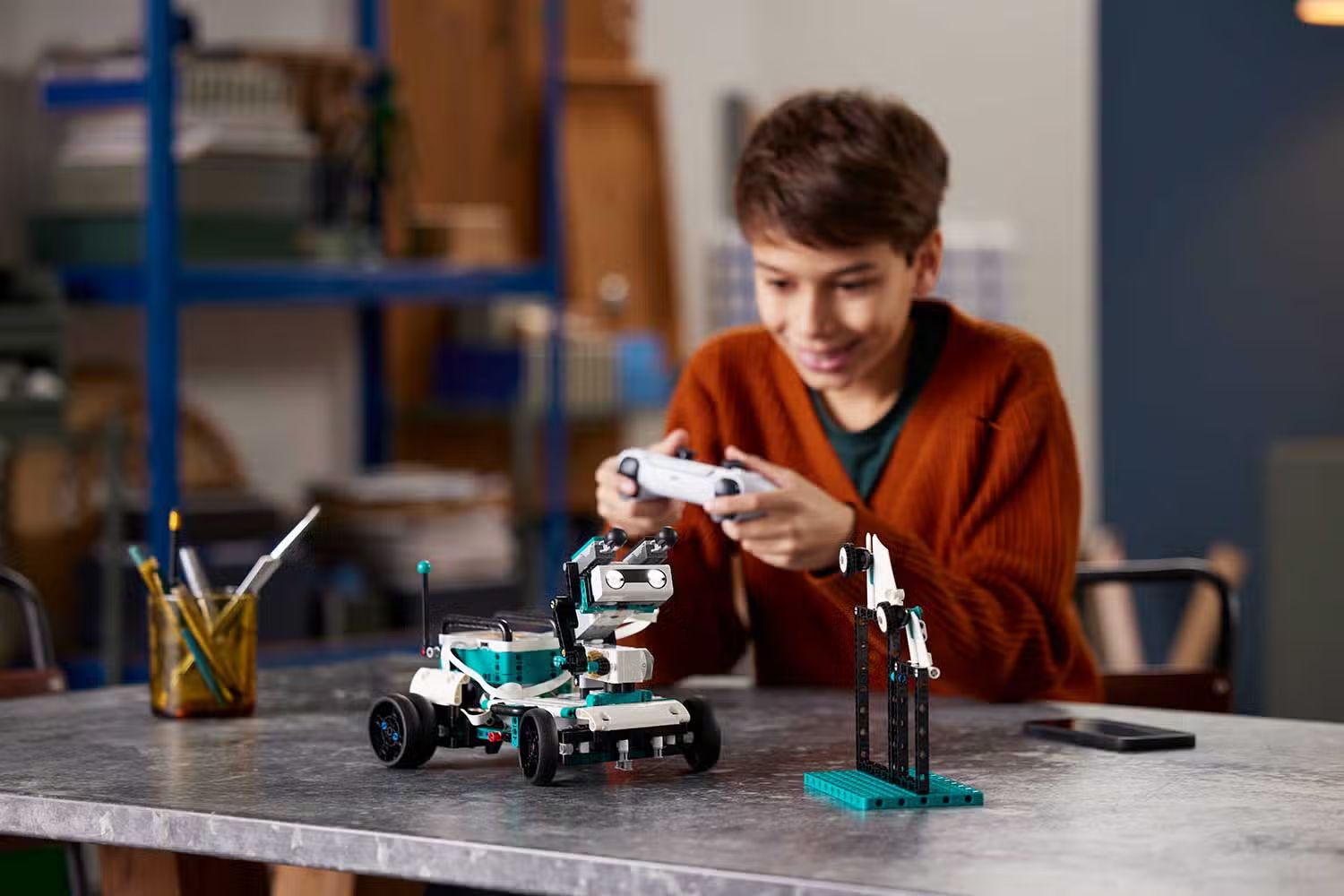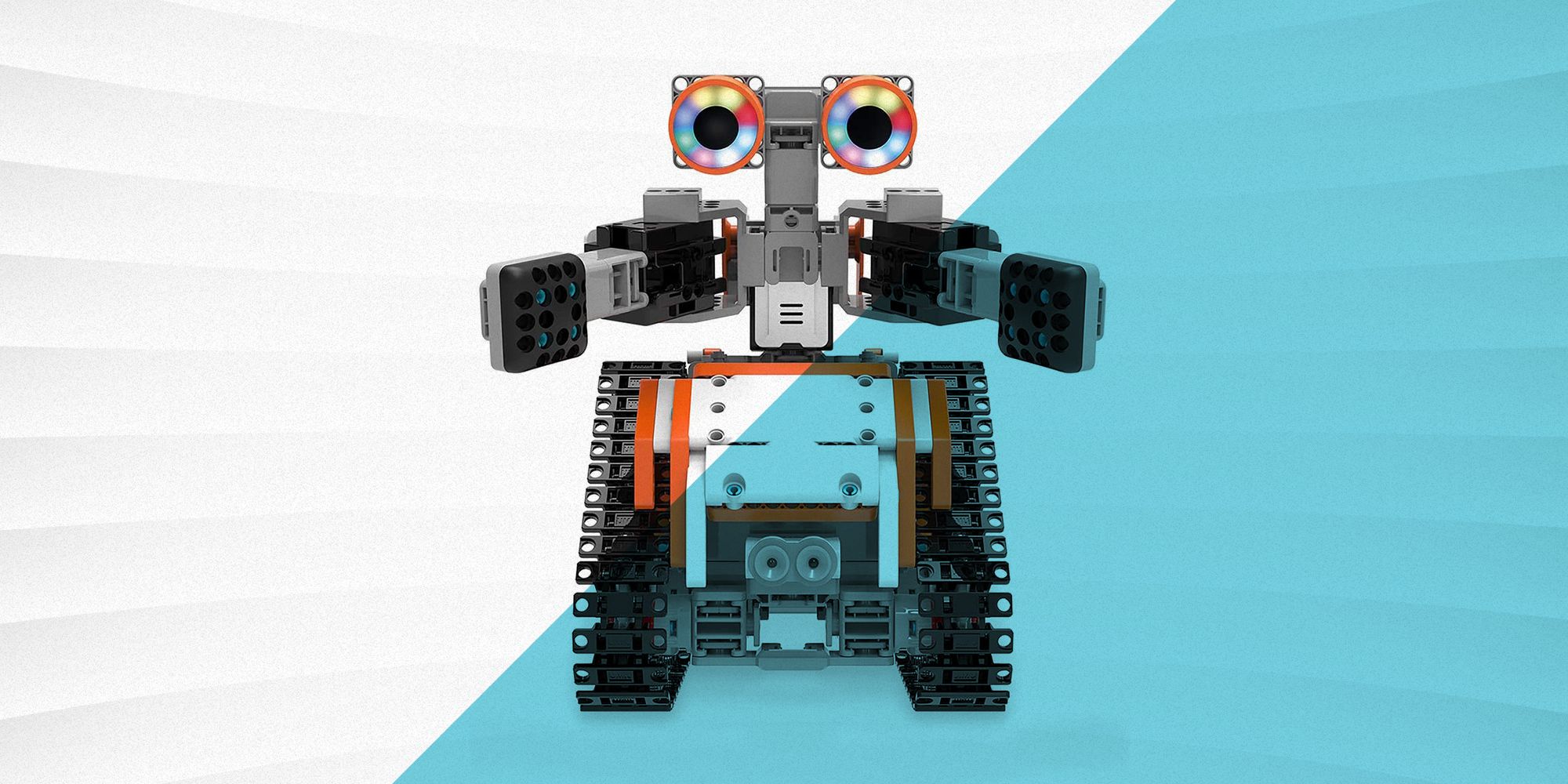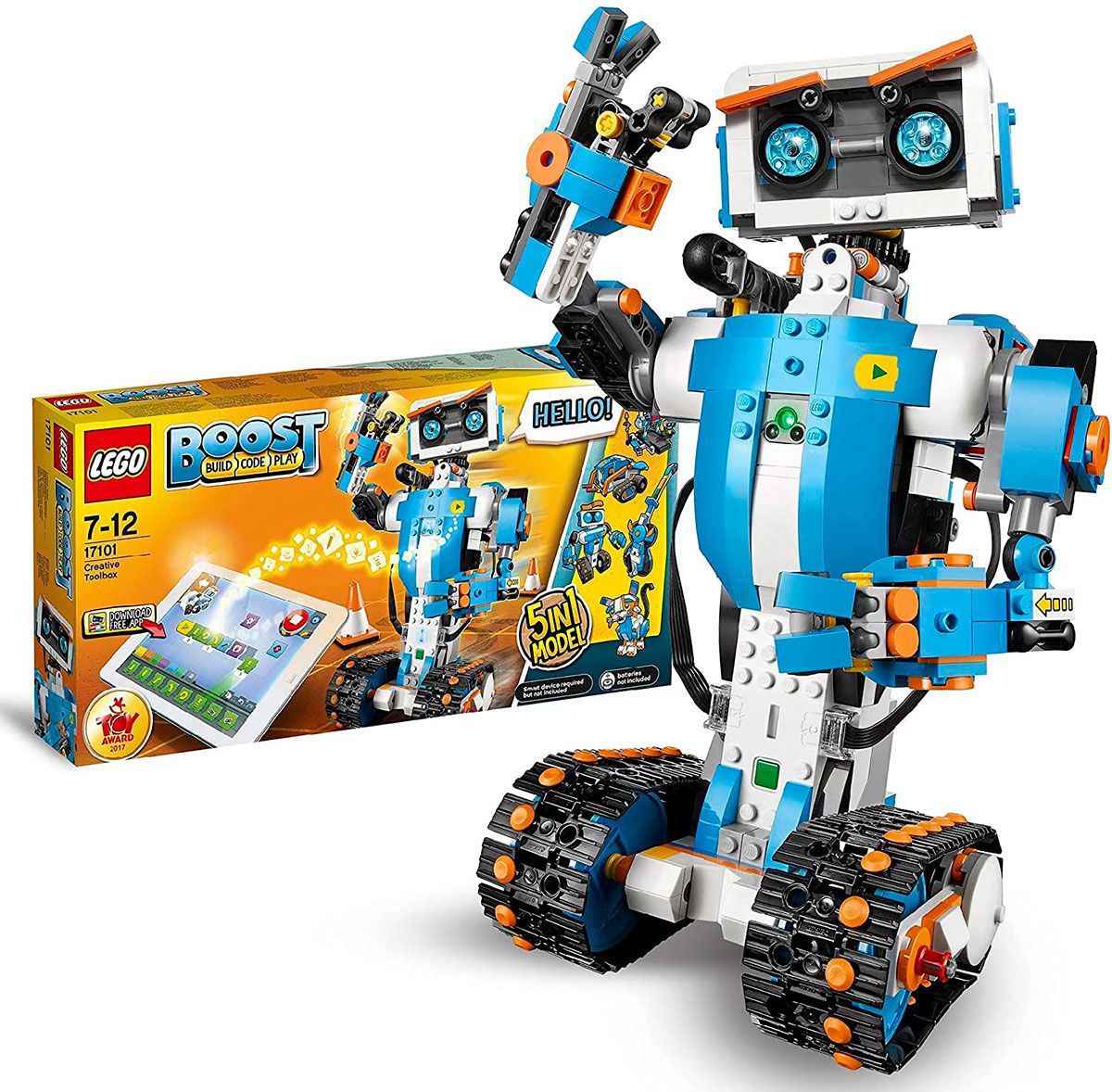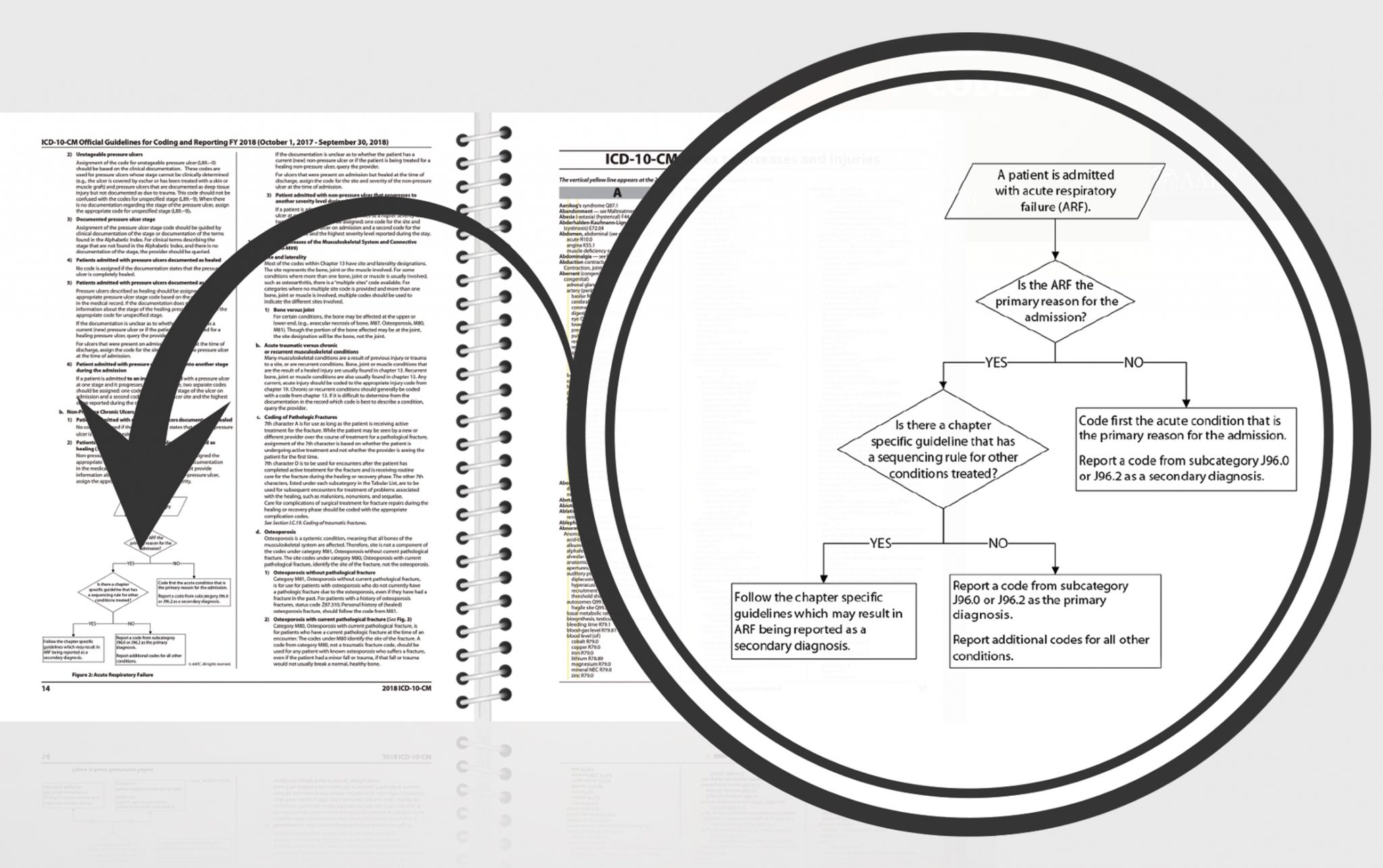STEM toys and games have become increasingly popular in recent years, as parents and educators seek ways to engage young learners in science, technology, engineering, and mathematics. However, with the oversaturation of the market and the proliferation of screens, it can be challenging to find toys that truly stimulate curiosity and provide meaningful learning experiences.
Key Takeaway
STEM toys and games have evolved to focus on formal education settings and curriculum-aligned content, pivoting away from the flashier and more ambitious claims of teaching STEM through play. Screen time concerns and the general utility of mobile devices as educational resources have also impacted the market. However, there are still thoughtful and engaging STEM toys available for young learners.
The Changing Landscape of STEM Toys
Over the past decade, the STEM toy category has shifted its focus from flashy hardware and apps to the formal education market. Many companies have pivoted their offerings to serve curriculum-aligned content and interfaces for schools. This shift suggests that the initial marketing claims of teaching STEM through play were onto something. However, the demand for these toys at home has decreased as children are exposed to similar technologies and learning apps in school.
Additionally, the hype around learn-to-code toys has diminished as attention has shifted to artificial intelligence (AI). There is now a greater emphasis on teaching soft skills, creativity, individuality, and meta-skills that can enhance the use of automation tools. This change in strategy reflects the evolving needs and expectations of young learners in a rapidly changing technological landscape.
One significant challenge for STEM toy makers is the concern over screen time. Parents are becoming more cautious about purchasing expensive toys that require the use of devices, as mobile devices themselves can serve as educational resources. This has led to a more risk-averse approach from toy makers, focusing on proven formulas and trimming their offerings accordingly.
The Best STEM Toys for Different Age Groups
Despite the challenges and changes in the market, there are still several STEM toys and games that can captivate young minds and foster a love for coding, engineering, and problem-solving. Here are some of the best options for different age groups:
1. STEM Toys for 3-year-olds and up:
- Engino’s Adventures of Gino & Gina: Wildlife Rescue monthly subscription STEM kits offer a gentle introduction to STEM through physical building using colorful, snap-fit blocks. The kits also include activity books to enhance the learning experience.
- The Discovery #Mindblown Early Engineers 88-Piece Building Set stimulates creativity and problem-solving skills through physical building using a mix of components.
- The Botzees Go Unicorn Set is a block-building STEM kit that encourages creativity, logic, and problem-solving. It comes with a companion app that provides building instructions.
2. STEM Toys for 4-year-olds and up:
- The Code & Go Robot Mouse is a retro-style toy that introduces basic coding concepts and critical thinking. Kids create step-by-step instructions for the robot mouse.
- The Space Rover Coding Activity Set challenges kids to code sequences of directional instructions to navigate a battery-operated bot through customizable mazes. It includes activity cards for coding challenges.
- Engino’s Qboidz: Racing Car with 10 bonus models utilizes colorful block-building to develop logic and spatial awareness. The kit includes pre-designed models and the option to access interactive 3D instructions online.
3. STEM Toys for 5- to 7-year-olds:
- Learning Resources’ Pixel Art Challenge combines math and coding problem-solving with building 2-D pixel artwork, providing a basic introduction to STEAM concepts.
- Engino’s STEM Qboidz & Junior Robotics Set offers more than 90 models to be built using brightly colored bricks. App-based instructions and a Junior Robotics Set enhance the complexity and STEM potential of the kit.
These are just a few examples of the vast array of STEM toys and games available for young learners. By choosing toys that are age-appropriate and align with children’s interests, parents and educators can spark their curiosity and inspire a love for STEM subjects.







